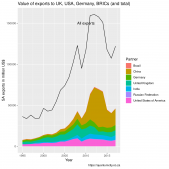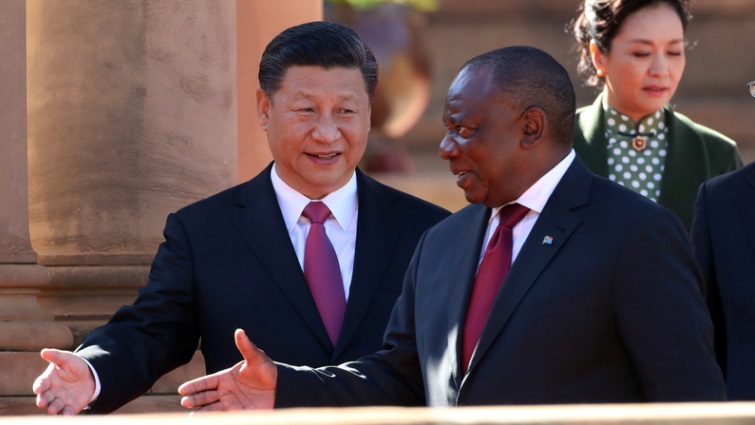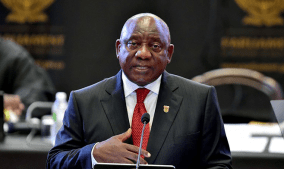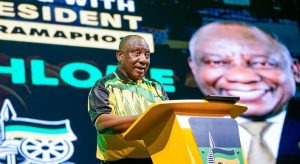President Cyril Ramaphosa made two references to China in his recent State of the Nation Address. This made China (along with India) the only other countries referred to in a speech that focused on economic growth and development.
The first reference to China was aspirational and highlighted that country’s ability to build new cities. The second reference was to its potential as a source of tourists.
The focus on both China and India is a reflection of the increasing importance of these two countries as a trade partner for South Africa.
China’s rise in importance as a source of industrial goods and as a destination for SA goods has been spectacular. Prior to 2010, the UK imported more goods and services from South Africa than any other country. Since 2010, China has assumed the role of South Africa’s largest single trade partner.
By 2017, China’s imports from SA had risen to more than three times that of the UK’s. The value of SA’s exports to China now matches the combined total of exports the UK, USA and Germany.
In 2017 China’s imports from South Africa amounted to US$19.8 billion, 16% of the total value of SA exports. At its peak (2013), Chinese imports from SA was almost double that at US$46 billion.

China’s rise to prominence as a trade partner is the product of two trends: the increase in international trade and the massive increase in the size of the Chinese economy.
In 1995, the total value of SA Exports amounted to US$ 36 billion. By 2017 this had risen to USD$ 122 billion, a five-fold increase in value. During this period, the Chinese economy (measured by GDP in US$) had grown 16-fold, becoming the second largest economy in the world.
By contrast, the UK economy had ‘only’ doubled in size over the same period. Inevitably this undermined the UK’s role as an export venue. It is this growth in GDP that made China the biggest trading partner of South Africa and many other countries. It is also this growth that required China to build new cities.
President Ramaphosa’s objective of improving growth rates and reducing unemployment depends on South Africa’s ability to grow exports. While exports grew between 2016 and 2017, this trend will be undermined if South Africa loses preferential access to US markets.
Washington has intimated that, should South Africa undermine property rights, this country will lose tariff-free access to US markets. This indicates that property expropriation without compensation in South Africa places at least 5% of its current export market in jeopardy.
President Ramaphosa dreams of new cities, higher growth and reduced unemployment. The realisation of these dreams depends largely on the rapid growth of some of the BRICS partners and continued access to developed markets.






